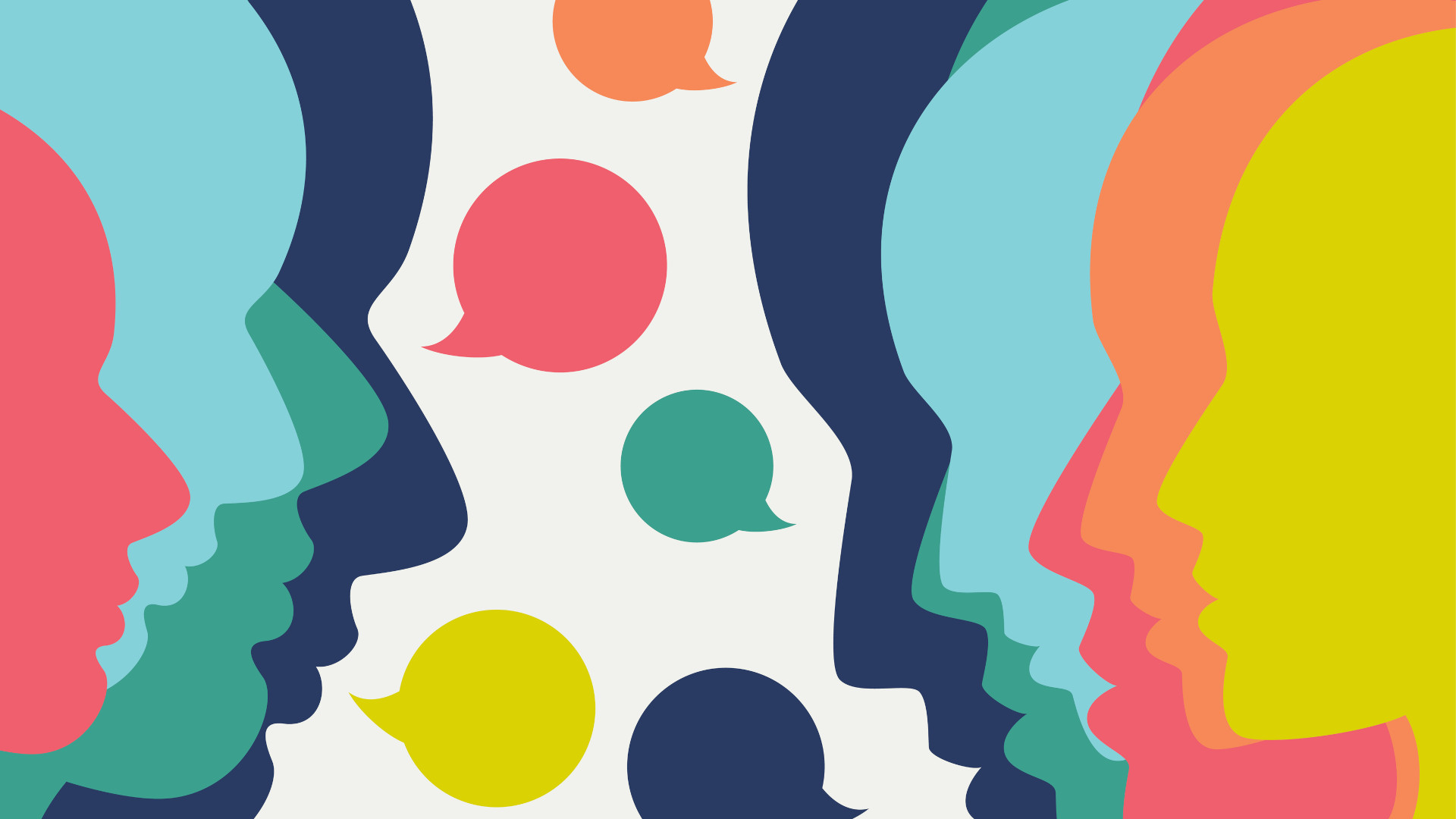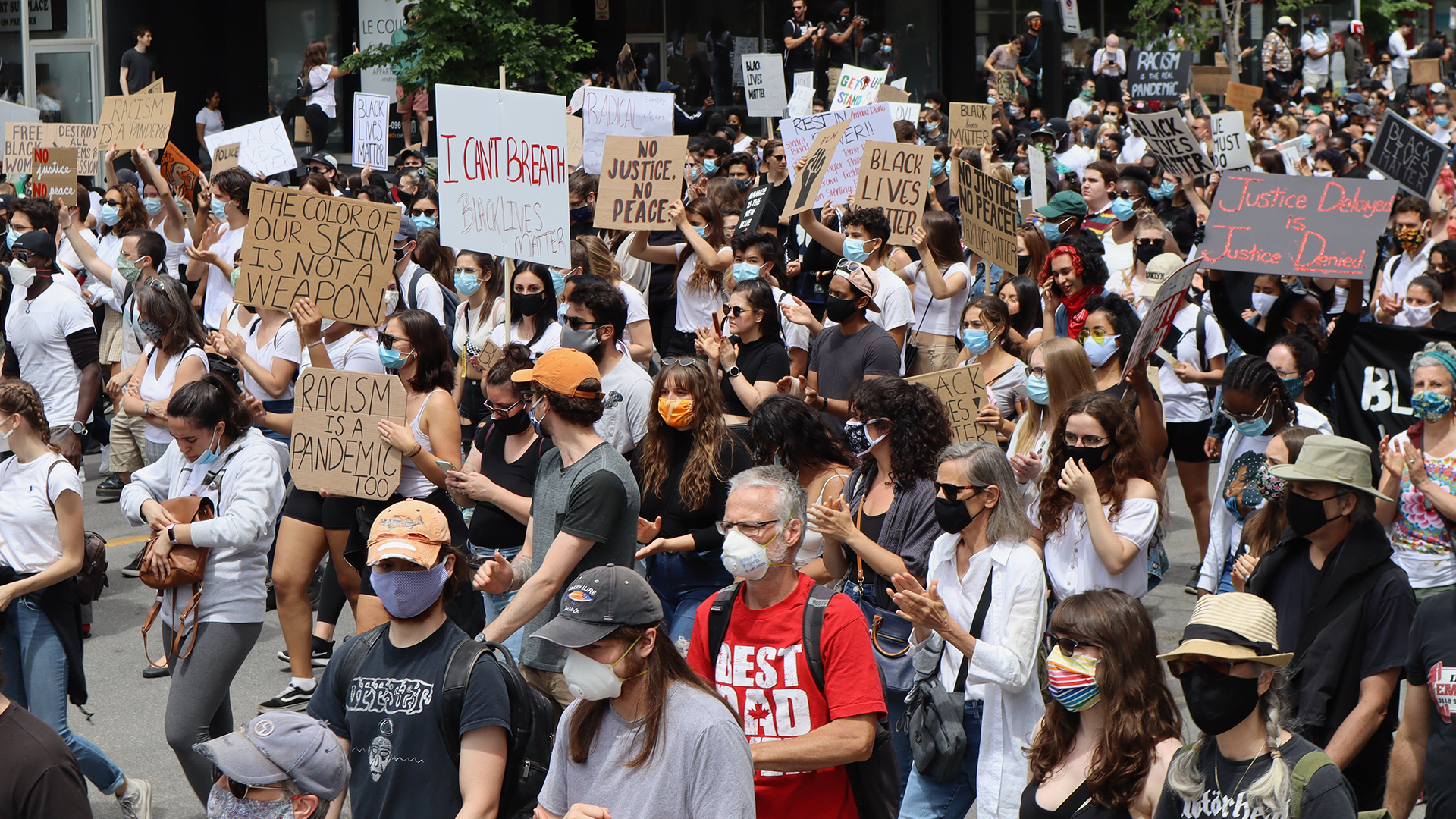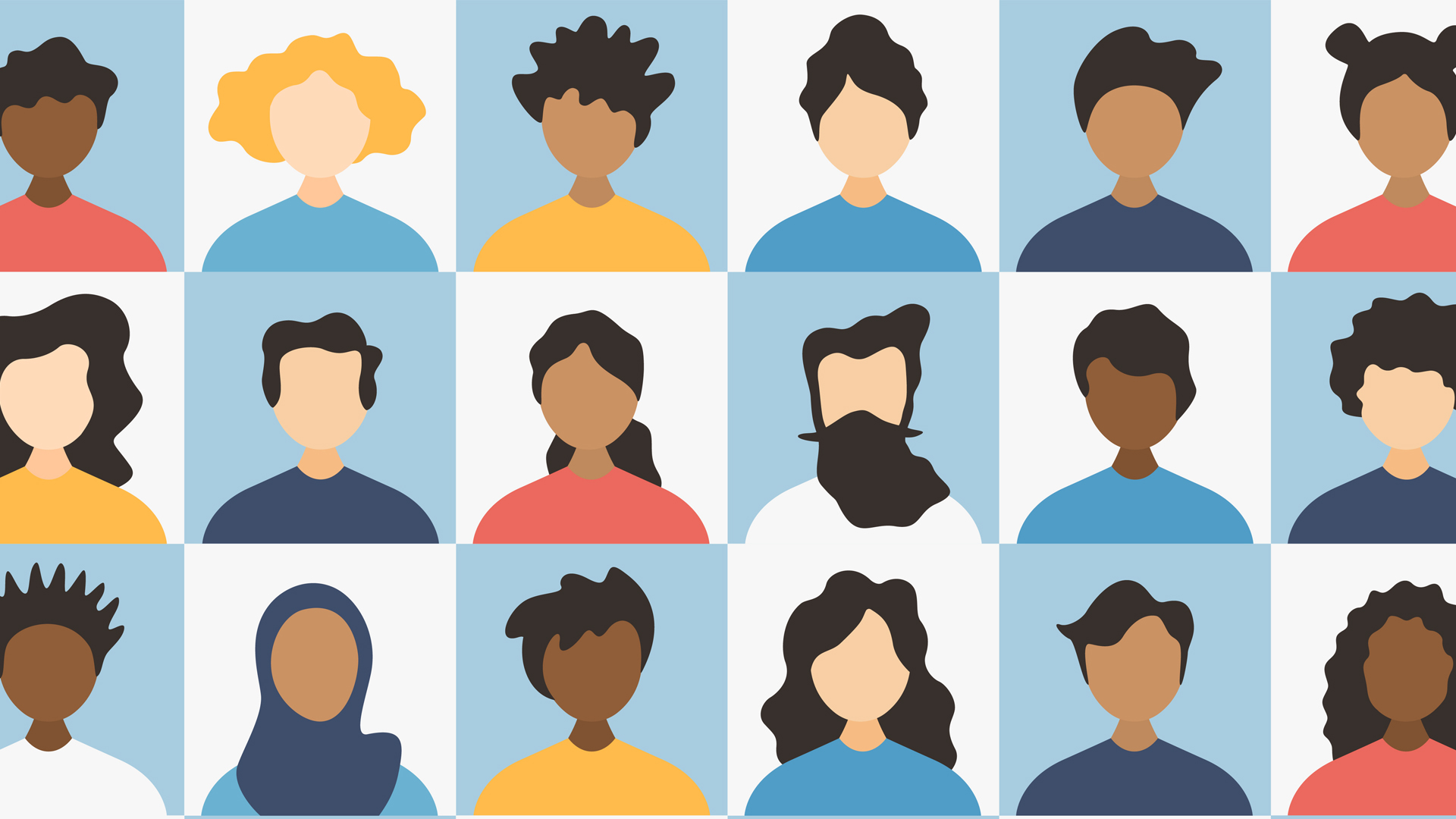
Protests by communities affected by prejudice, discrimination and racism appear to be on the rise, as evidenced by the Black Lives Matter, and the Indigenous-led Cancel Canada Day and Land Back advocacy movements. These are in response to deaths by Black people and Indigenous youth in police custody, and anti-Muslim, anti-Asian and anti-Semitic hate incidents and crimes in both Canada and the United States.
At the same time, there has been greater understanding amongst most Canadians regarding systemic issues and broader support of individuals and groups most affected. But government and societal responses have been largely reactive, involving symbolic measures such as summits, funding and communications initiatives.
The 2021 summits on Islamophobia in response to the London killings and on antisemitism, following increased tensions between Israel and Palestine, are examples that did little to reduce hate incidents. The most current evaluations of the multiculturalism program by Immigration, Refugees and Citizenship Canada and Canadian Heritage (2017) highlight the limited evidence as to the effectiveness of government programming.
Why aren’t current approaches working? These types of targeted initiatives generally preach to the converted, and thus have limited reach and impact. They often understate the diverse experience within communities, and how racism intersects with gender, religion, sexual orientation, ethnic ancestry, mixed identities and class. The problems are complex and multi-faceted, and there are no easy or quick solutions. Summits, conferences and even parliamentary hearings are designed for the short-term, and do not commit the time and resources for in-depth examination and discussion of fundamental issues.
While these approaches respond to the community and political needs, a deeper examination of the common issues across all groups and a more integrated approach is needed.
Racism is a concern in Canada, present and future, given the rapidly increasing Indigenous and immigrant-origin population. An in-depth and independent examination of the issues, challenges and possible solutions is needed, and there must be broad consultations and engagement with all affected groups.
What would be some of the requirements for such an enquiry?
The overall approach should be akin to the Royal Commission on Bilingualism and Biculturalism, held between 1963 and 1969. At that time immigrants formed about 16 per cent of the population, compared with 21.9 per cent in 2016.
Canada has changed dramatically since 1963, and an enquiry would have to address the impact of today’s increased and more varied diversity. Immigrant source countries have shifted away from Europe, which was the source of 61.6 per cent of recent immigrants in 1971, compared with 11.6 per cent in 2016. Christian affiliation declined from 78 per cent of immigrants who arrived prior to 1971 to 47.5 per cent of those who arrived between 2006 and 2011. One-third of those arriving between 2001 and 2011 identified as Muslim, Hindu, Sikh or Buddhist. LGBTTQ issues were not discussed in the 1960s, and the major gap in employment equity legislation and reports is an indication of this silence, even though these groups have become more visible and accepted. And more Canadians have complex, mixed identities, reflecting this increased diversity within and between different groups.
Essential aspects of an enquiry
While it should be established by the government, the enquiry’s deliberations and recommendations should also be independent and nonpartisan.
It needs to have a broad mandate that includes research, independent studies and public consultations on barriers to inclusion. We have more than enough research and data by sociologists, political scientists and economists regarding the socio-economic, education and health disparities of different groups.
However, more interdisciplinary research and analysis by social psychologists, neuroscientists and policy-makers is needed on how bias and prejudice form, which groups are most vulnerable and why, and the most effective ways to counter prejudice, discrimination and hate.
It would need to have an adequate budget and resources to fulfill its mandate, comparable to other major commissions.
It would have to adopt a broad intersectional lens, not looking at individual groups in isolation but at the inter-relationships among gender, religion, sexual orientation, ethnic ancestry, mixed identities and class. It would have to look at minorities and majorities within each group and the degrees of inclusion and exclusion within and between them.
The consultations would have to be designed to go beyond the normal advocacy groups, and include more diverse and marginal voices to help break down the silos and identify commonalities. It is important to recognize that Canadians are affected by immigration and diversity in different ways, depending in part on their socio-economic status, workplace and education. And while this is not without risk, the consultations need to include individuals and groups that have some discomfort with increased diversity or have been negatively affected by immigration.
The enquiry must look not just at bias, discrimination and racism between the “mainstream” majority and minority groups, but also at that between visible, religious and gender minority groups. In other words, it must break away from the simplistic dichotomy that has mostly characterized the current diversity and inclusion discourse, which does not adequately reflect Canada’s present and projected diversity.
Practical solutions and approaches should be the focus; ones that can be implemented by governments and organizations over time; and where progress can be tracked, measured and reported. The tracking of the progress of the Truth and Reconciliation Commission Calls to Action could provide a model.
Canadians, long-established and newcomers alike, are increasingly coming to terms with our legacies of injustice against Indigenous peoples, as well as against racialized, religious, LGBTTQ, and other minorities. Despite considerable progress in removing legislative and other barriers to inclusion, the effects of these legacies linger in ongoing inequalities and inequities.
While many Canadians are reaching out and supporting communities that experience hate, the increase in hate crimes and incidents against individuals and groups indicates we cannot be complacent.
Reducing the influence of the more extreme groups that undermine social inclusion and cohesion would be a key aim. Developing practical recommendations to do this would be an important first step.
As we saw with Quebec’s Bouchard-Taylor Commission, there is a risk that a broad enquiry will provide space for those with more xenophobic views. However, not allowing any space for those with immigration and diversity concerns would mean missing those who need to be reached.
Canada depends on immigration to address an aging population, and it also needs to provide better opportunities for younger Indigenous populations, so a comprehensive national enquiry is needed to ensure that we have the evidence-based knowledge to reduce bias, prejudice and discrimination so all Canadians, whatever their origin, ancestry or religion, can fully participate and contribute.









